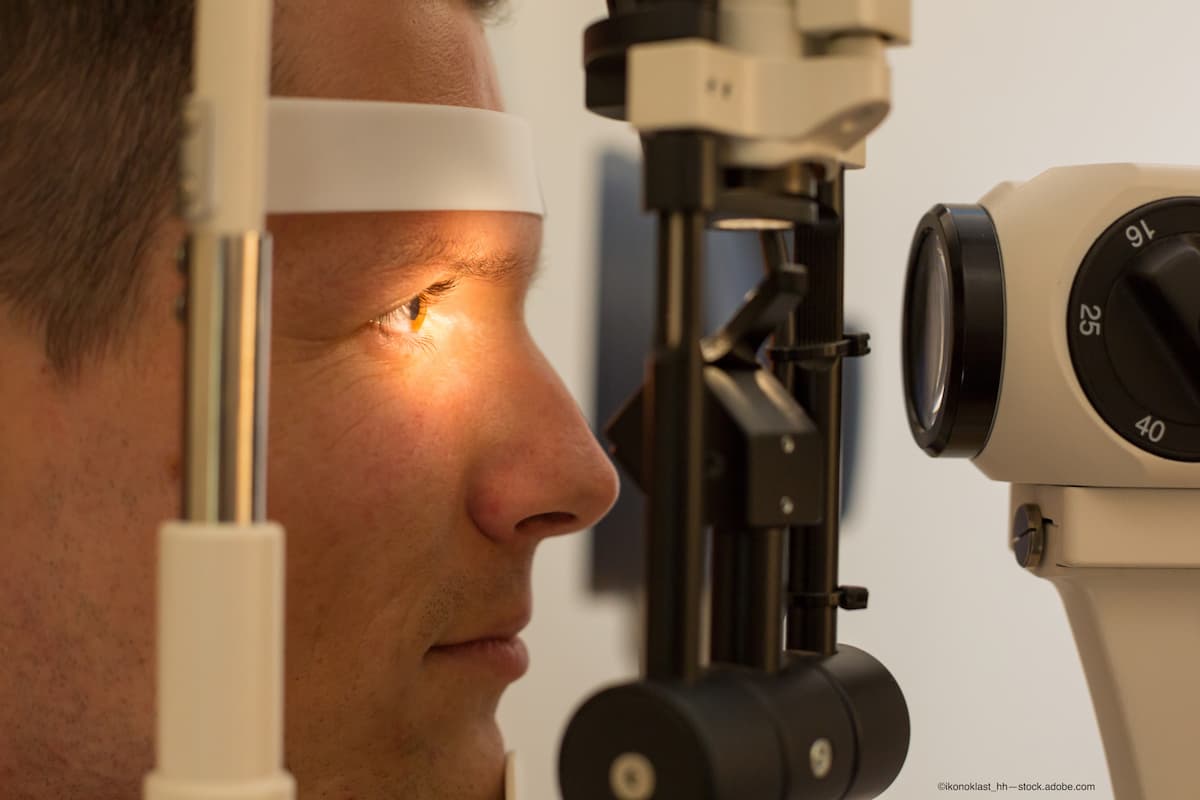Fighting pigmentary retinopathy by inhibiting photoreceptor death
A team of scientists, led by Andrzej Foik, PhD, of the International Center for Translational Eye Research, is working on new therapies that may slow vision loss in patients diagnosed with retinal degeneration.

Why do photoreceptors in the retina die? Can this process be inhibited? A team of researchers led by Andrzej Foik, PhD, of the International Center for Translational Eye Research (ICTER) is hoping to develop therapies to slow vision loss.
A multifaced disorder with many etiologies, retinal degeneration is a leading cause of blindness, and researchers have found that some cases of this retinal disorder are genetically driven. Thus, mutations that cause photoreceptor death are well known. However, the pathophysiology within the retina and along the visual pathway has been impossible to decipher in the early stages of the disease.
In the study published in eNeuro1, the researchers have studied the visual functions of the retina, midbrain, and visual cortex in animal models of retinal degeneration. In addition to Foik, the authors of the report include Henri Leinonen, David C. Lyon, and Krzysztof Palczewski.
For ophthalmologists, the research ultimately could pave the way for the development of new diagnostic methods for early detection of eye diseases that cause blindness.
"We found that the visual system adapts to the loss of photoreception by increasing sensitivity, but simultaneously becomes deleteriously hyperactive,” Foik explained. “Understanding this mechanism could lead to therapeutic protection and restoration of vision."
How does retinal degeneration occur?
Foik noted that retinal degeneration is the result of several eye diseases that involve degradation of the retina and loss of photoreceptor function. The most common forms of retinal degeneration are macular degeneration (AMD; Age-Related Macular Degeneration) and pigmentary retinopathy (RP; Retinitis Pigmentosa). For many patients, the diseases typically have diverse outcomes; with AMD there is a loss of central vision, while with RP the patient stops seeing peripherally.
ICTER noted that in macular degeneration (AMD), the progressive death of photoreceptors is concentrated in the macula, resulting in deterioration of central vision and distorted images. Although its precise mechanism is unknown, AMD is considered the most common cause of irreversible vision loss in patients after age 50. That is why it is essential to be able to diagnose AMD as early as possible, so that appropriate treatment could be implemented to slow or halt progression of the disease among those patients.
Pigmentary retinopathy (RP), on the other hand, is an inherited disease of the retina, linked to various genetic syndromes. During its development, clusters of pigment (initially small) appear in the fundus, which thickens over time, preventing normal vision. The disease is highly variable in presentation, and many experienced ophthalmologists have trouble diagnosing it correctly. Patients with pigmentary retinopathy are often left with only limited central vision, or “tunnel vision,” which deteriorates over time. Unfortunately, there are no effective treatments for pigmentary retinopathy, although experimental gene therapies are being tested worldwide.
Visual pathway hyperexcitability
In the study, researchers investigated the processes involved in early-stage pigmentary retinopathy in RhoP23H/WT mice, an animal model of the disease. The team used various diagnostic techniques - electroretinography (ERG), measurement of optomotor response (OMR), evoked visual potentials (VEP), and electrophysiology of single neurons in the primary visual cortex (V1).
The mice were divided into two groups: young (1-month-old) and adult (3-month-old). There was noticeable hypersensitivity to light (30% higher ERG values) and visual hyperactivity in the new cortex in all RhoP23H/WT mice, but the effect was more pronounced in the young animals.
According to Foik, the data suggest that the visual pathway becomes hyperactive during early RP.
“This may have both compensatory and detrimental consequences for visual behavior,” he said. “Further research into the mechanisms of hyperactivity is warranted, as it may lead to therapeutic interventions in RP.”
A complete understanding of pigmentary retinopathy offers a better chance of halting progression of the disease. Previous studies have shown that very high daily doses of vitamin A (15,000 IU/d) can slow the progression of RP by about 2% per year, but such an intervention must be considered carefully because high dose vitamin A is not without potential side effects to our liver. Thanks to the research in which Foik participated, it will be possible to determine who is at risk for RP before the disease has even begun to manifest itself.
The International Center for Translational Eye Research project is carried out by the Institute of Physical Chemistry, Polish Academy of Sciences within the International Research Agendas program of the Foundation for Polish Science co-financed by the European Union under the European Regional Development Fund.
Reference
1. Henri Leinonen, David C. Lyon, Krzysztof Palczewski and Andrzej Foik, PhD; Visual System Hyperexcitability and Compromised VI Receptive Field Properties in Early-State Retinitis Pigmentosa in Mice. eNeuro 14 June 2022,9 (3) ENEURO.0107-22.2022; DOI: https://doi.org/10.1523/ENEURO.0107-22.2022
Newsletter
Keep your retina practice on the forefront—subscribe for expert analysis and emerging trends in retinal disease management.